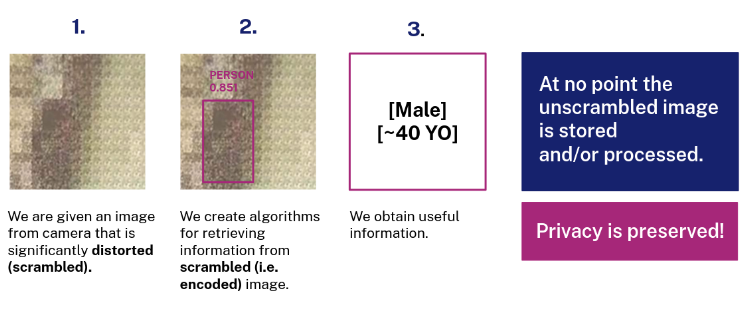QED SOFTWARE » Case studies » Personalization of DOOH ads using AI and machine learning in compliance with GDPR
The “Blindsight” case study looks at a Digital-Out-Of-Home (DOOH) advertising company’s struggles with privacy laws called GDPR. This company uses a network of LCD/LED screens to run their ads. To measure how effective these ads are, they use cameras to track how many people view the ads, and for how long. They also gather some basic info about the viewers, like age and gender.
To do this, they use custom devices named ARABOXes, which combine cameras and computers to collect and analyze data about the viewers, including their movement, interests, and demographics. Using AI and machine learning, these ARABOXes can process this data in real time, enabling the company to deliver personalized ads to viewers.
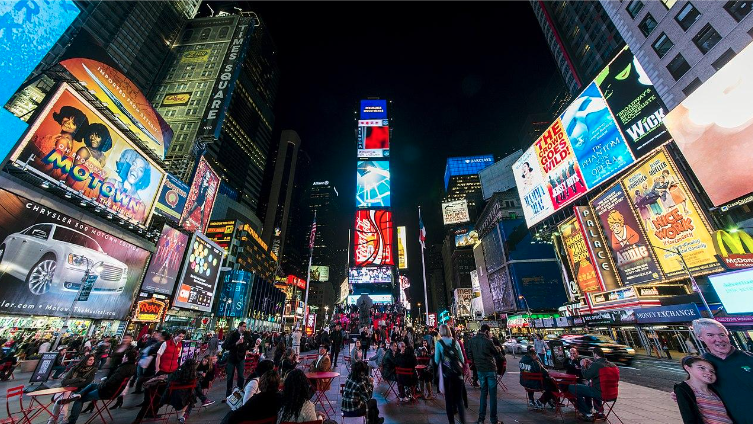
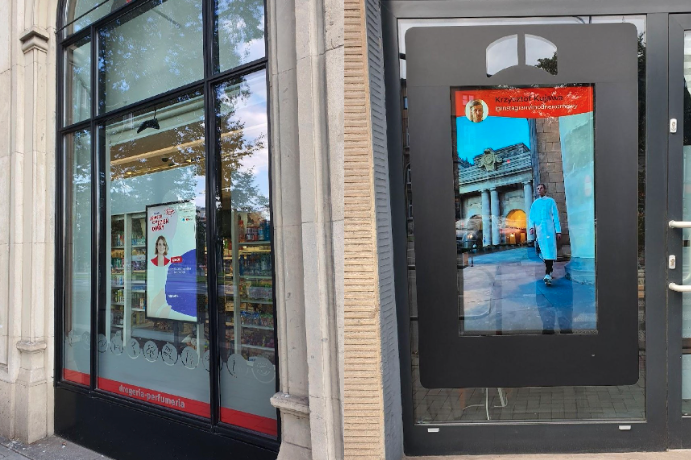
However, GDPR laws stopped ARABOXes operations because they protect personal data like gender and age, preventing unnecessary storage and processing of such data.
To solve this, the company introduced “Blindsight” technology. This technology scrambles and encodes visual signals, protecting privacy by ensuring that original images and personal data are never stored or processed.
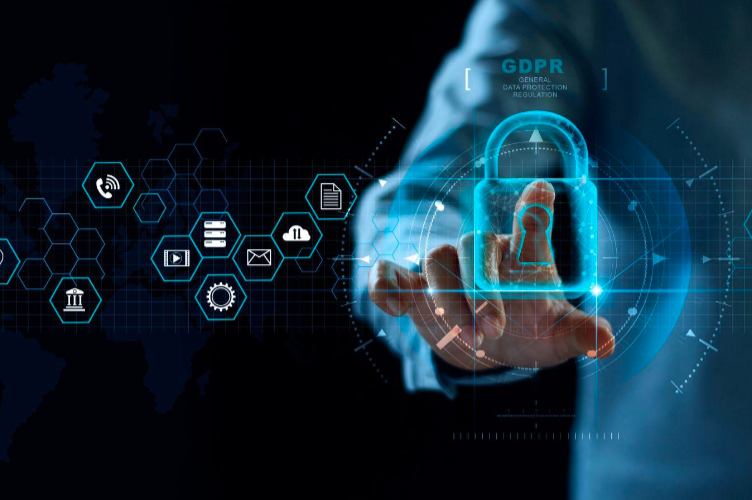
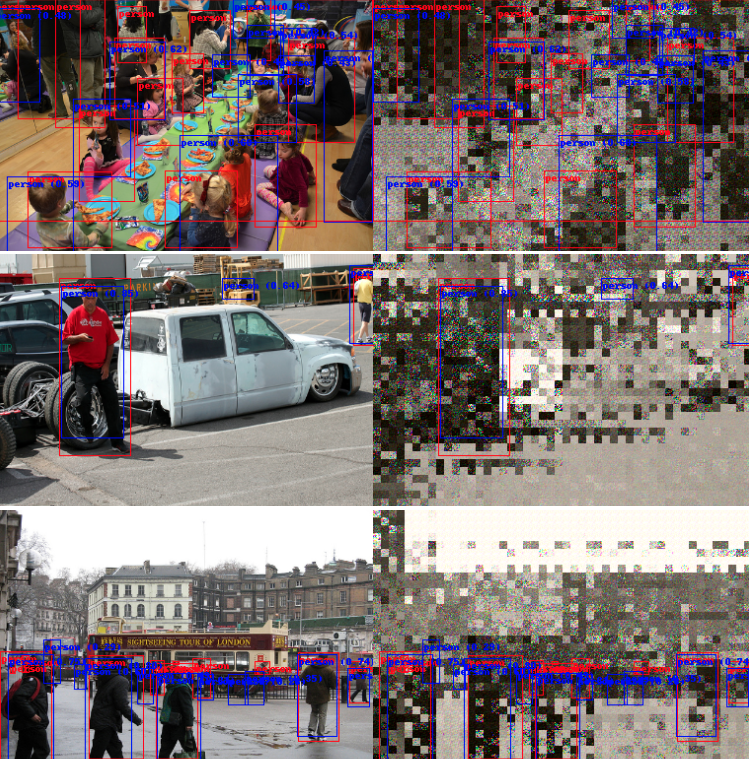
The next versions of these monitoring systems need to use strong encryption and anonymization techniques to keep the data safe and comply with the law. These methods should also be practical and efficient.
Thanks to the Blindsight technology provided by QED Software, ARABOX devices did not have to be turned off or dismantled. On the contrary, equipped with innovative Blindsight technology that preserves privacy, they received a positive assessment issued by the Aquila Consumer Protection Association.
Łukasz Przebinda, President of ARAHUB
By encoding the image in such a way that the individual in the frame can’t be recognized, but their gender and age can still be detected, we can avoid GDPR issues and keep the necessary data. This technique streams the encrypted image immediately, without needing to store the original image. Ultimately, we aim to apply this technique within the camera, ensuring that all processed visual information is encrypted and privacy-protected. To use AI/ML for image processing, object recognition, and Computer Vision, we need special types of image encoding that can manipulate encoded info and retrieve useful data without revealing the original image.
